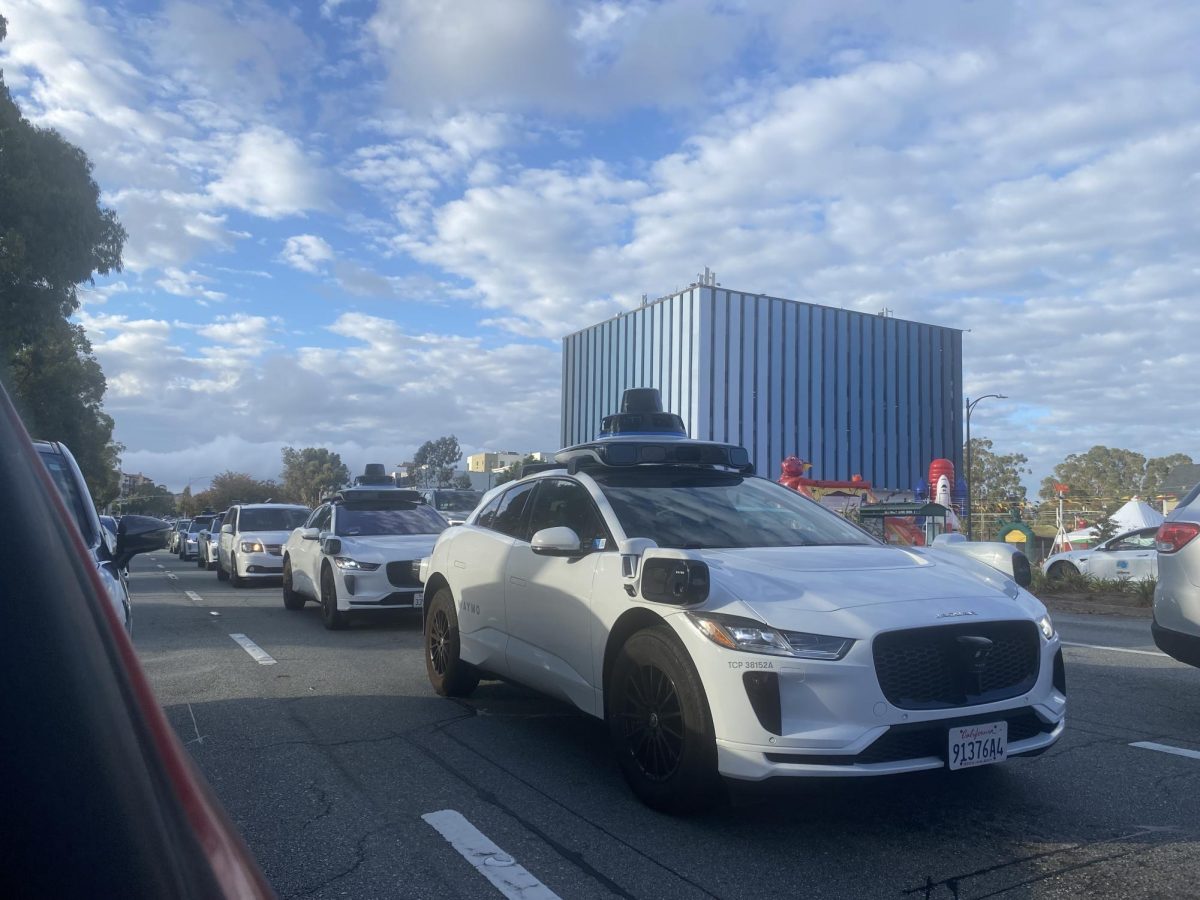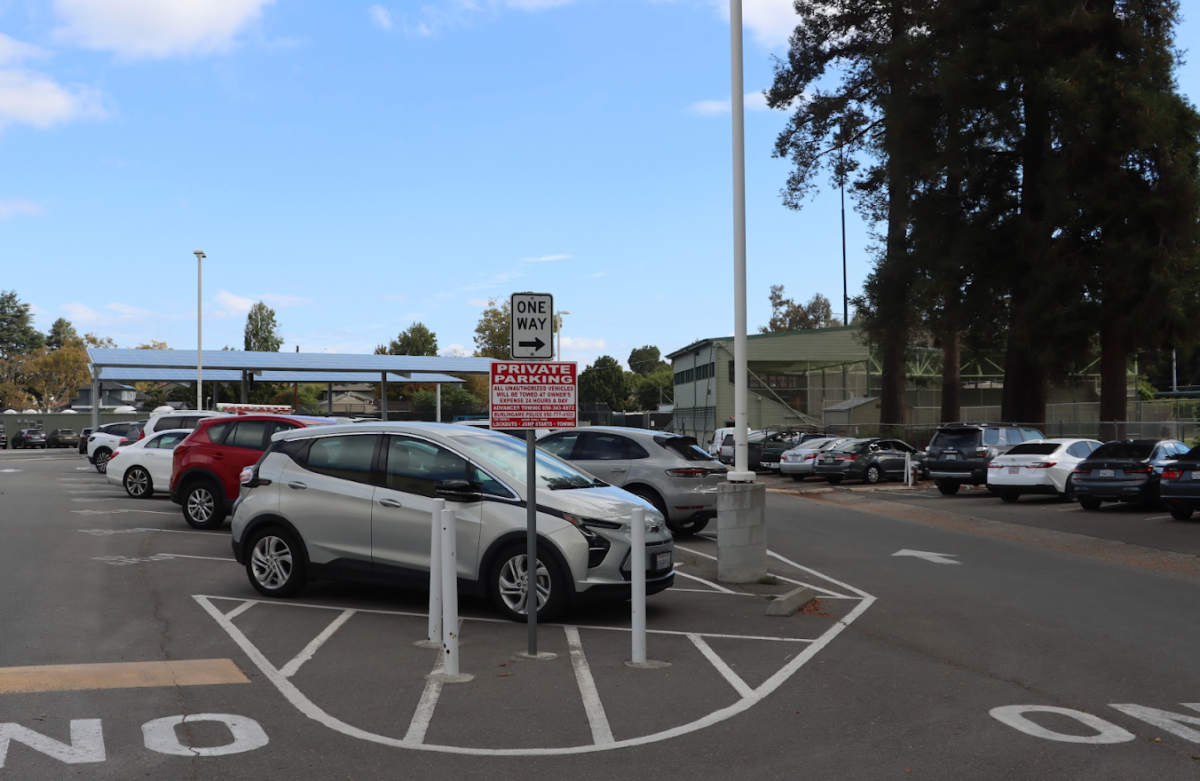Hectic. Stressful. Annoying.
These are just a few words students use to describe the SAT process. While taking the SAT has always been a stressful milestone for college admissions, the COVID-19 pandemic-driven closure of local testing centers has pushed students to go to greater lengths to find an available testing center.
When registration for the August SAT opened in early spring, Bay Area spots — across 12 testing sites — filled up almost immediately, leaving students like senior Anna Durfee scrambling for alternatives. With no test center availability within a 200-mile radius, Durfee flew to San Diego to take the test.
“The test was on Saturday, so me and my twin brother flew down with our dad on Friday night, then took the test and came home Saturday night,” Durfee said.
Senior Kate Adams, one of many students affected by the limited availability of seats, shared her frustration about the lack of local options.
“I think there needs to be more centers for SATs to be taken. Because it’s ridiculous that I signed up for [my SAT] at the end of June [for the October test], and there were no spots left near me,” Adams said. “I have to go all the way to San Diego.”
According to a College Board press release in 2021, the problem traces back to widespread facility closures during the COVID-19 pandemic. Not only did the pandemic shut down many testing centers across the country, but the limited seats also spurred a national conversation about the equity of standardized testing. The limited seating contributed to many colleges’ reconsideration of SAT’s role in admissions, with some schools adopting test-optional or test-blind policies.
College and financial aid advisor Jonathan Dhyne said these closures have only worsened accessibility. “Not everyone can afford to hop on a plane or stay in a hotel room,” Dhyne said. “We appreciate that local California public schools are trying to level the playing field [since the University of California schools are test-blind], but the accessibility problem is real.”
For senior Reiter Madden, traveling to Southern California to take the SAT has almost become routine. Madden flew to La Cañada High School in Pasadena in June, and again to Valencia High School in Placentia in August.
“It’s really annoying because I want to take the test, but it’s hard because of the plane ticket cost or gas money,” Madden said.
Durfee also echoes this sentiment.
“Being forced into traveling for [the SAT] is not fair to students who either can’t afford a plane ticket or just don’t have the time,” Durfee said. “The system is already unfair, and this just makes it worse.”
According to Lasherica Thornton from EdSource — a California newsroom focused on education — the College Board expanded 3000 additional seats and seven new locations in California this past year to accommodate more spots after hearing complaints from students and parents. However, the competition to secure a spot still lingers.
To help ease the strain, the San Mateo Union High School District is offering an on-site October SAT for seniors, and the PSAT exams for sophomores and juniors.
Dhyne encourages students to reconsider their hyper-focus on the test.
“I encourage students to think outside the box and know that there are options beyond the Ivy League,” Dhyne said.







































